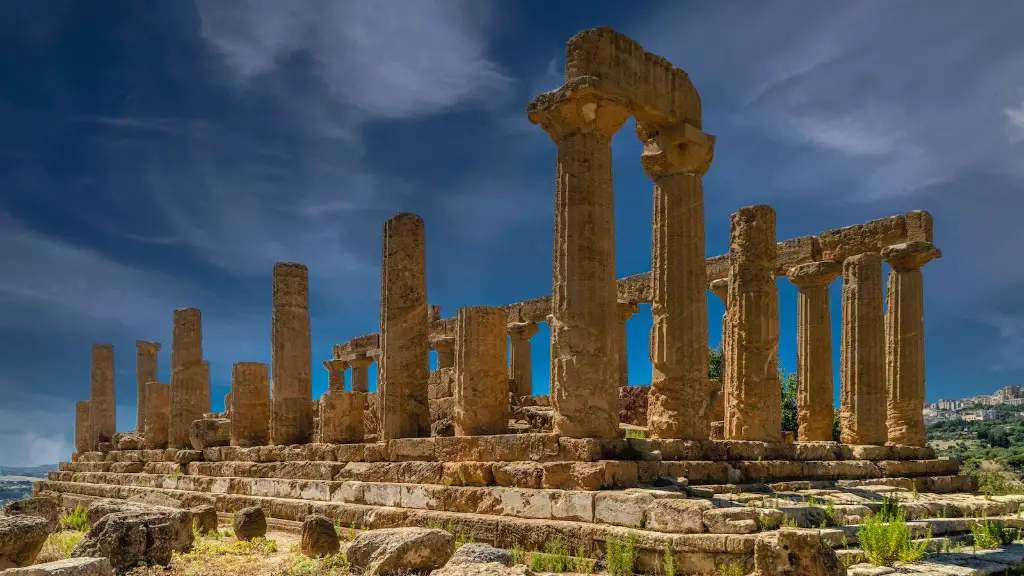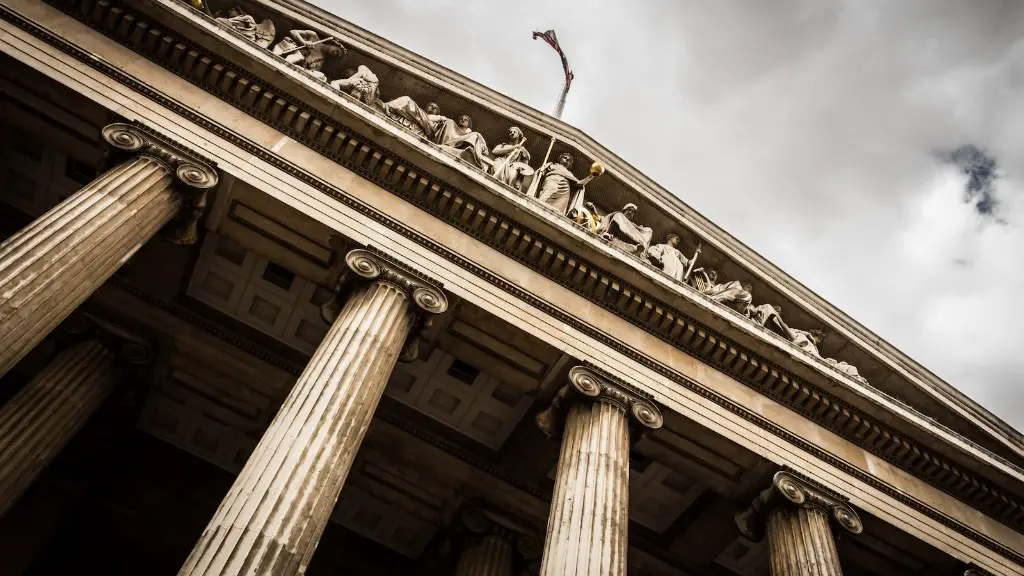Origins of the Calendar in Ancient Rome
The development of the calendar in ancient Rome has a fascinating history. The Romans adopted a lunar calendar in the 7th century BCE, derived primarily from the Etruscans. As a lunar calendar, the Roman calendar was not in exact synchronization with the seasons, primarily because a lunar year was significantly shorter than a solar year. This lack of precision was a major motivation for the Romans adopting a more accurate system.
Constantine the Great is credited with introducing the Julian calendar in 45 BCE, modeled after the Egyptian calendar, which was in use at the time. Julius Caesar’s primary advisor, Sosigenes of Alexandria, is thought to be the key figure in developing this calendar, which remained largely unchanged for over 500 years until the adoption of the Gregorian calendar in 1582.
As raw material for the development of the calendar, the Roman calendar mainly utilized the movements of the Sun and the Moon. Scholars were able to observe the lunar cycle of 29.5 days, and the solar year of 365 days. By combing these two cycles, and introducing a new category called “intercalary days”, they were able to create a yearly calendar with 12 months, adding the intercalary days to adjust for the seasonal discrepancies. The assignment of these intercalary days was managed by a group of scholars in the government called the “Collegium pontificum”.
The improvement of timekeeping did not stop here. Although the calendar used by the Romans was more precise than some more primitive calendars, it still had its share of inaccuracies. To rectify this, Pope Gregory XIII introduced the Gregorian calendar in 1582. This calendar generally achieved the precision it was aiming for, with the “intercalary days” added or removed to make up for the discrepancies in the solar cycle.
Motivations for Developing a Calendar
Timekeeping and the development of calendars have historically been used for a variety of purpose from maintaining agricultural cycles, to regulating religious festivals and other civic events. The Roman calendar was no exception and it was first and foremost used for these same aims. By having a concrete reference point for the timing of various feasts and festivals, as well as a set start and end to the agricultural season, the Roman calendar served a practical purpose for its citizens.
The accuracy of the Julian Calendar was highly advantageous in achieving this goal, as it allowed for a greater degree of alignment between the calendar and the seasons. It was especially beneficial to the Roman Empire during their rule, where governing a vast region called for the synchronization of numerous civic events spread across its provinces.
Religious Practices in Ancient Rome
Religious practices were also an important factor in the development of the calendar and timekeeping in ancient Rome. Rome was one of the first societies to recognize the true importance of an accurate calendar in managing religious festivals. As early as 575 BCE, the Roman Republic established a ‘Pontifex Maximus’, or a high priest, whose job was to keep track of the calendar, observe the movement of the planets and stars, and determine the timing of important rituals throughout the state.
The Pontifex Maximus held the power over all religious festivals including the famed Ludi Magni, which was a festival based around games and other events that generally lasted for 3-4 consecutive days. Keeping track of the calendar was a key to ensuring that the Ludi Magni and other religious events were timed just right, as the lack of a precise calendar could have resulted in festivals being held at the wrong time.
Conclusion of the Calendar’s Evolution
The use of the Julian Calendar and the introduction of the Gregorian Calendar not only improved the accuracy of timekeeping, but it also solidified the power of the Roman Empire. An accurate calendar allowed the Empire to coordinate events and activities across its provinces more effectively while also keeping in touch with the religious traditions of its citizens. This gave the Empire a strong grasp on its people and helped to maintain order and stability.
Eventually, the use of such calendars spread around the world and it soon became commonplace for various cultures to use forms of these calendars for tracking the passing of time. Today, cultures or countries that still rely on their own respective versions of the Julian or Gregorian calendar to maintain the passing of time serve as a reminder of the effective solutions that the Romans brought to life.
Societal and Economic Impacts
The development of the calendar and timekeeping had a significant effect on the Roman Empire in multiple ways. First, as mentioned previously, synchronization of events such as religious festivals was an important factor in maintain order and stability between the provinces. But there were also other economic and societal implications that should not be overlooked.
The development of the Julian Calendar, and eventually the Gregorian Calendar, allowed trade between far away nations to become more reliable, as ships and merchants could now accurately judge the days they would arrive at port. This new found level of accuracy in calculating time allowed merchants to make better decisions on how much goods to buy or sell, leading to a more efficient system of trade.
The Roman calendar also allowed for a sort of ‘standardization’ of events and activities. People could now begin to anticipate major events such as holidays, religious festivals, and other civic activities, which in turn created more community centered culture in the Empire.
The Role of Scholars
The most important factor in the evolution of the calendar was the role of scholars in the Roman Empire. Despite its grandeur, the Romans were a relatively primitive people in comparison to the more ‘advanced’ cultures such as Egypt and Greece. This lack of knowledge and understanding of mathematics, astronomy, and timekeeping was a major hurdle that eventually needed to be resolved in order for the Roman Empire to progress.
It took the work of scholars such as Sosigenes of Alexandria to help create a more accurate system for tracking time. Other scholars were also instrumental in managing the “intercalary days”, to ensure that the calendar stayed in sync with the solar year. In fact, a group of scholars in the Roman government labeled the “Collegium pontificum were specially trained to adjust the intercalary days of the calendar, to ensure its accuracy.
The Technological Push
Another important factor in the evolution of the calendar was the development of new technology. The Roman Empire was not producing their own computers or making instruments to observe the stars. Many of the required materials, such as eclipses tables, were borrowed from scholars in more advanced cultures.
With the introduction of this new technology, the Romans were finally able to refine the previously inaccurate calendar. This allowed them to synchronize the movement of the Moon and the Sun, adjust for seasonal discrepancies and monitor the progress of the calendar with more accuracy than before.
Changes to Pre-existing Practices
This increased accuracy in timekeeping was a stark contrast to the ancient practices employed by their more primitive predecessors. Although they still utilized lunar cycles and solar years as the basis of their measurement, the Romans made significant changes to pre-existing practices in order to attain the level of accuracy they were aiming for.
From making changes to the length of months and adding extra days to the calendar, to managing the “intercalary days”, and introducing other innovations, the Romans were responsible for taking the ancient practice of timekeeping to an entirely new level.
Implications for Today’s Calendar
The development of the calendar in ancient Rome has significant implications on the calendar used today. Many of the concepts employed by the Romans in their calendar, such as the 12-month cycle, multiday civic events and festivals, and religious holidays, can still be seen in the modern calendar.
Spatial and celestial timekeeping is also fundamental to the modern-day calendar, just as it was with the Roman calendar. Although technology has advanced significantly, many of the basic principles used to observe the movement of the planets and celestial bodies remain the same.
In this day and age, the calendar is integral in providing structure to our lives and allowing us to better understand the passing of time. We owe much of this structure and this notion of time to the innovations of the Roman Empire, who were able to take the primitive practice of timekeeping and turn it into a reliable form of measurement.


